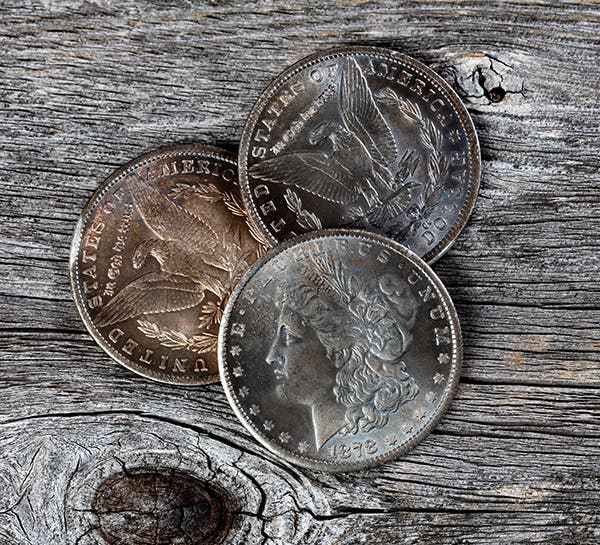San Francisco Jefferson was Last for a Time
Many coins have interesting stories to tell. The first coin of any type is by definition interesting and historic. In many cases they are also scarce. The final year of…
Many coins have interesting stories to tell. The first coin of any type is by definition interesting and historic. In many cases they are also scarce. The final year of a design type is also interesting.
In some instances, the stories regarding certain coins are less about rarity and price and more about the facility or circumstances that created the coin. Historic gold coins from Dahlonega, Ga., and Charlotte, N.C., are not only scarce, but coins that tend to reflect the conditions of the gold mining regions and the facilities in which they were produced. Similarly, the silver dollars of Carson City have a special romantic appeal as relics of the Old West and the great Comstock Lode.
Those are some of the better known examples of coins that have special stories.
No one thinks of the 1954-S Jefferson nickel in the same breath as the gold coins of Charlotte and Dahlonega; however, the 1954-S San Francisco Jefferson nickel is a coin that would have been historic had it not been for later events.
The 1954-S Jefferson nickel had a production of 29,384,000 pieces. By the standards of today, that mintage was extremely low. No facility has produced fewer than 100 million business strikes since 1968, and that year Denver produced just over 91 million Jeffersons.
The standards of today, however, are not the same as they were in 1954. By the standards of 1954, the 1954-S Jefferson, with its mintage of almost 30 million, was not considered special. There had been any number of lower mintages. The famous 1950-D had a mintage of just 2,630,030 pieces, and many others had mintages under the 10-million mark.
In fact, if anything, by the standards of 1954, for the San Francisco branch mint the 1954 Jefferson nickel production was high. The previous year, the production had been below 20 million pieces. In 1952 it had barely topped the 20-million mark. In 1951 it had only been 7,776,000, and in 1950 there had been no production of Jefferson nickels at San Francisco at all. In that context, the 1954-S was relatively common – and therein lies part of the story. In fact, 1954 Jefferson nickel production was a bit unusual overall. Philadelphia had an average production level, but Denver had for the first time in its history produced in excess of 100 million Jeffersons. The combination of Denver and San Francisco mintages might suggest that something unusual was going on, and that would be true.
By 1954, plans were already under way to bring an end to coin production at San Francisco. Both the Philadelphia and Denver facilities had been improved to the point where it was believed that San Francisco was no longer required. In fact, it was believed that the 1954 Jefferson nickel production at San Francisco would be the last.
San Francisco operated for a few months in 1955 – just long enough to produce well below average numbers of cents and dimes – and then produced no more coins for a decade.
The coin shortage of the middle 1960s revived the mint, which is why in 1968 collectors saw the “S” mintmark return. With the production of the 1968-S, the distinction of the 1954-S being the last nickel of the San Francisco mint was lost. While the distinction may be gone, the fact remains that for a time the 1954-S Jefferson nickel was an historic last issue of San Francisco.








